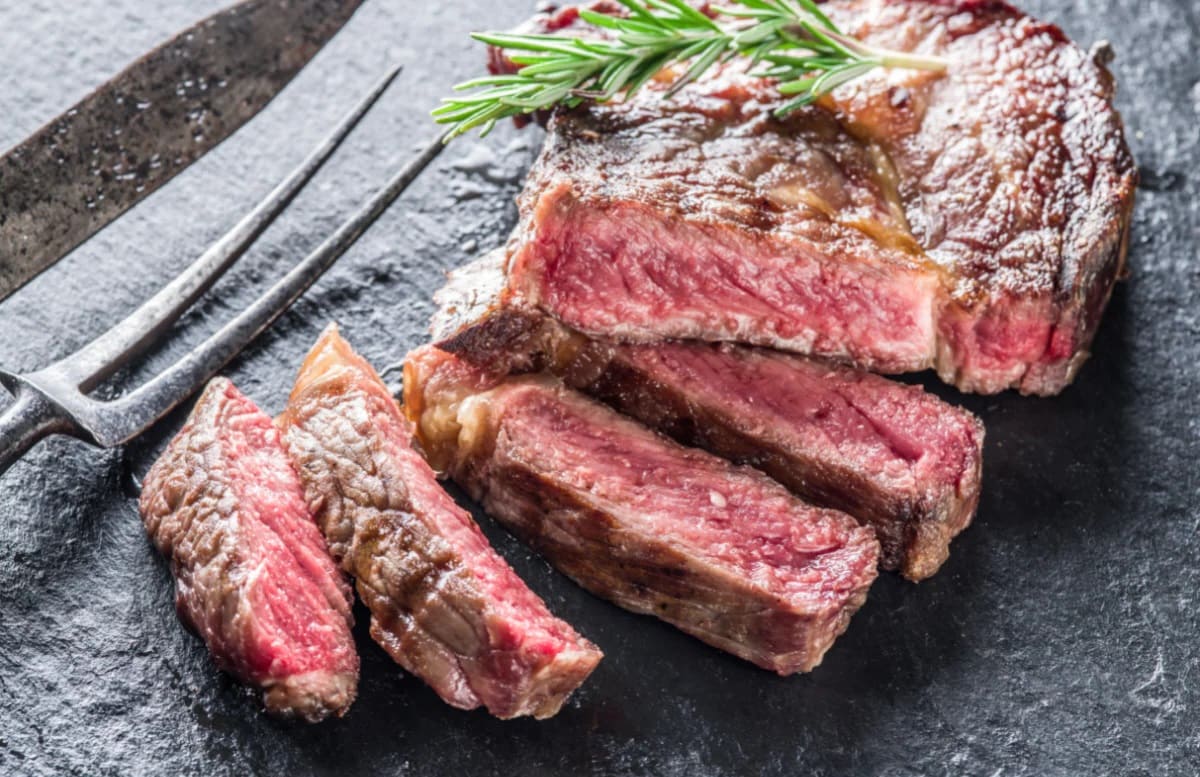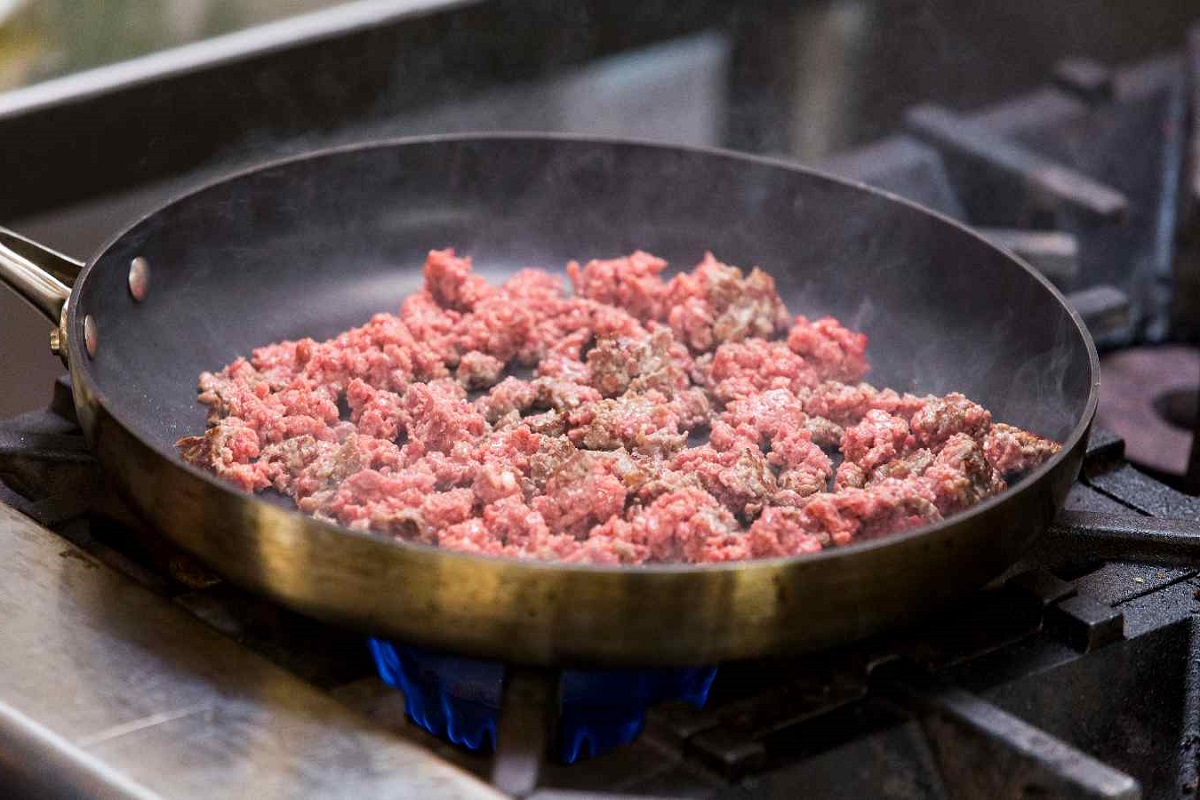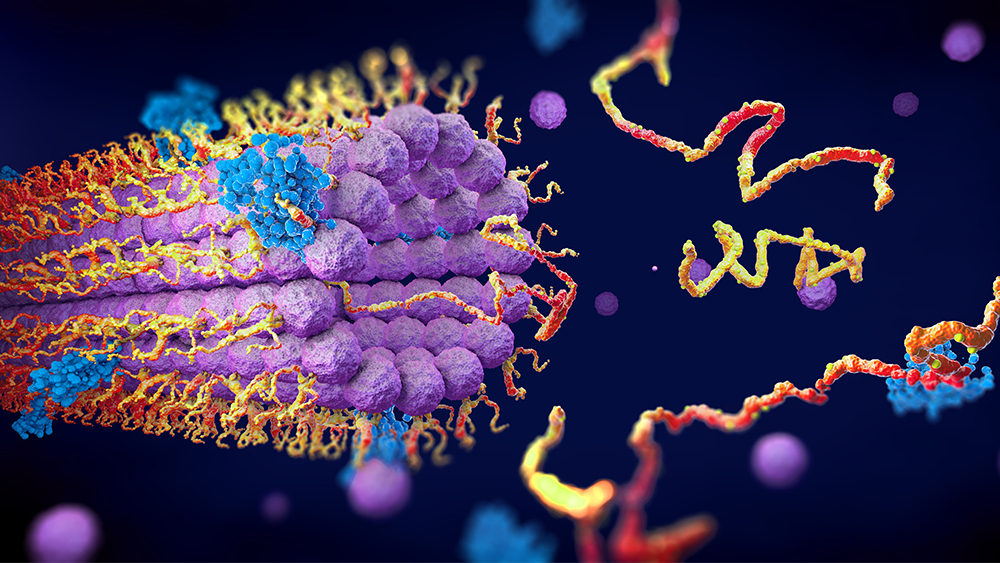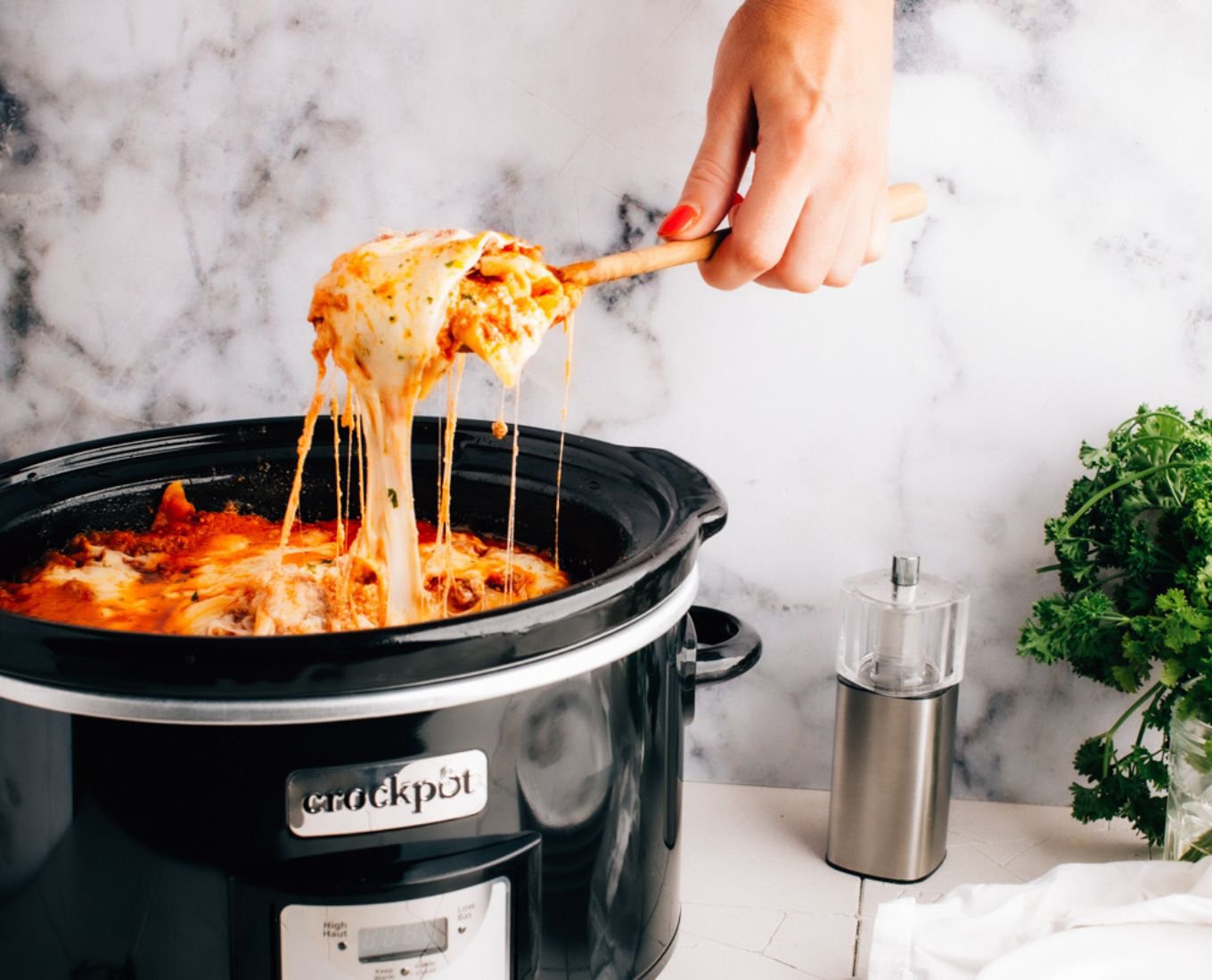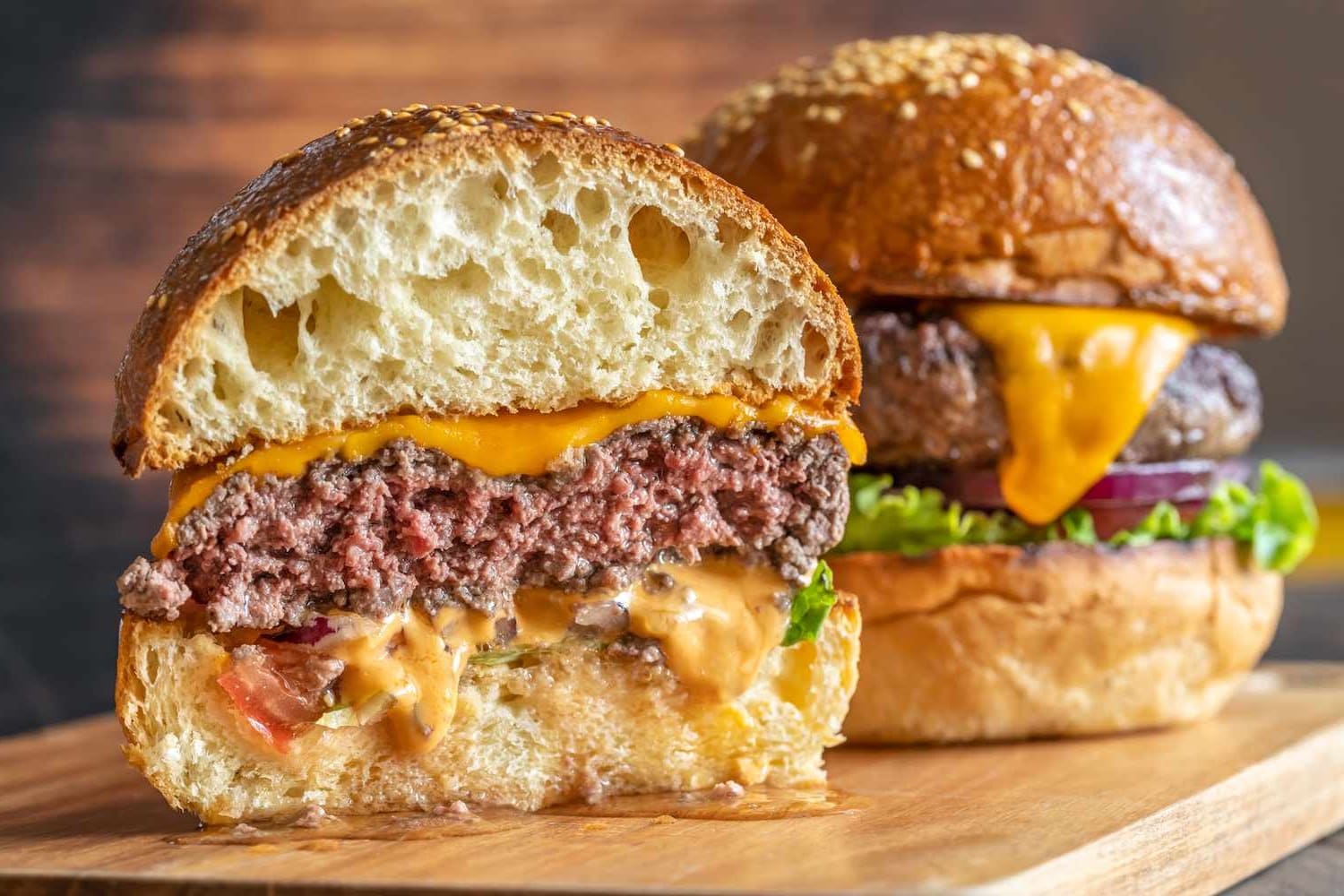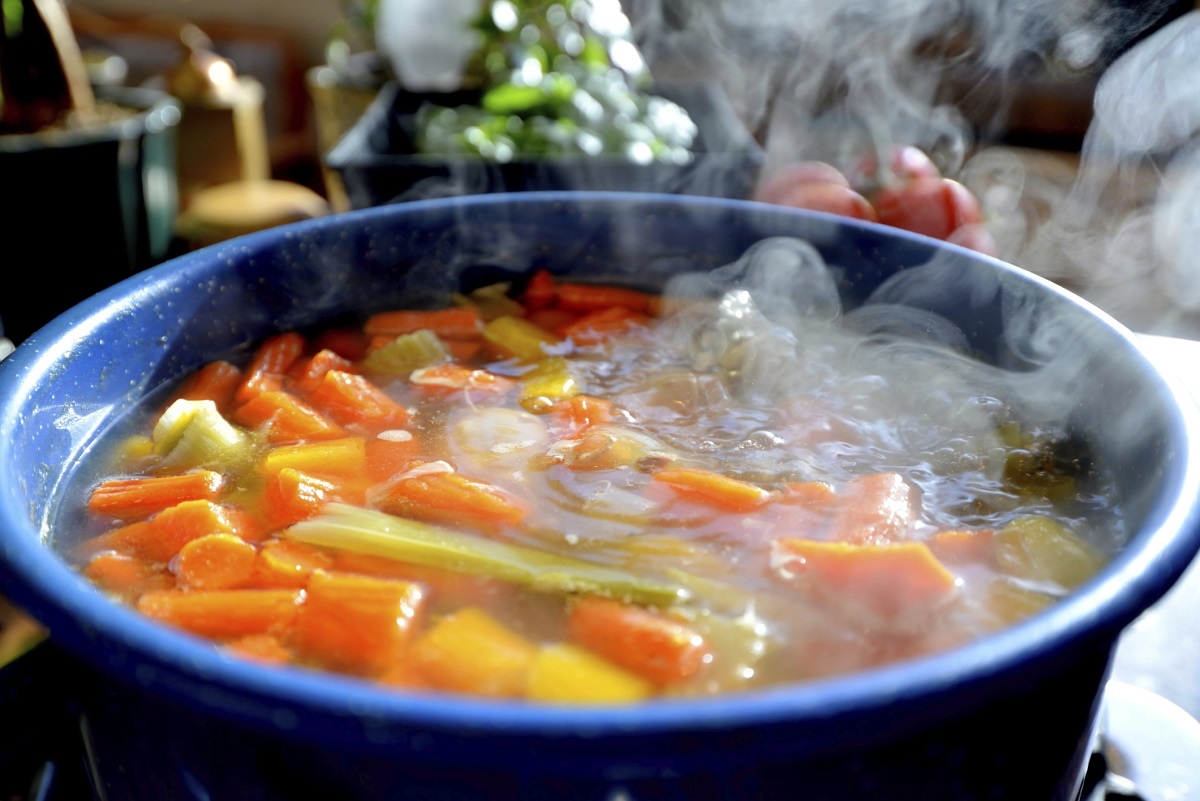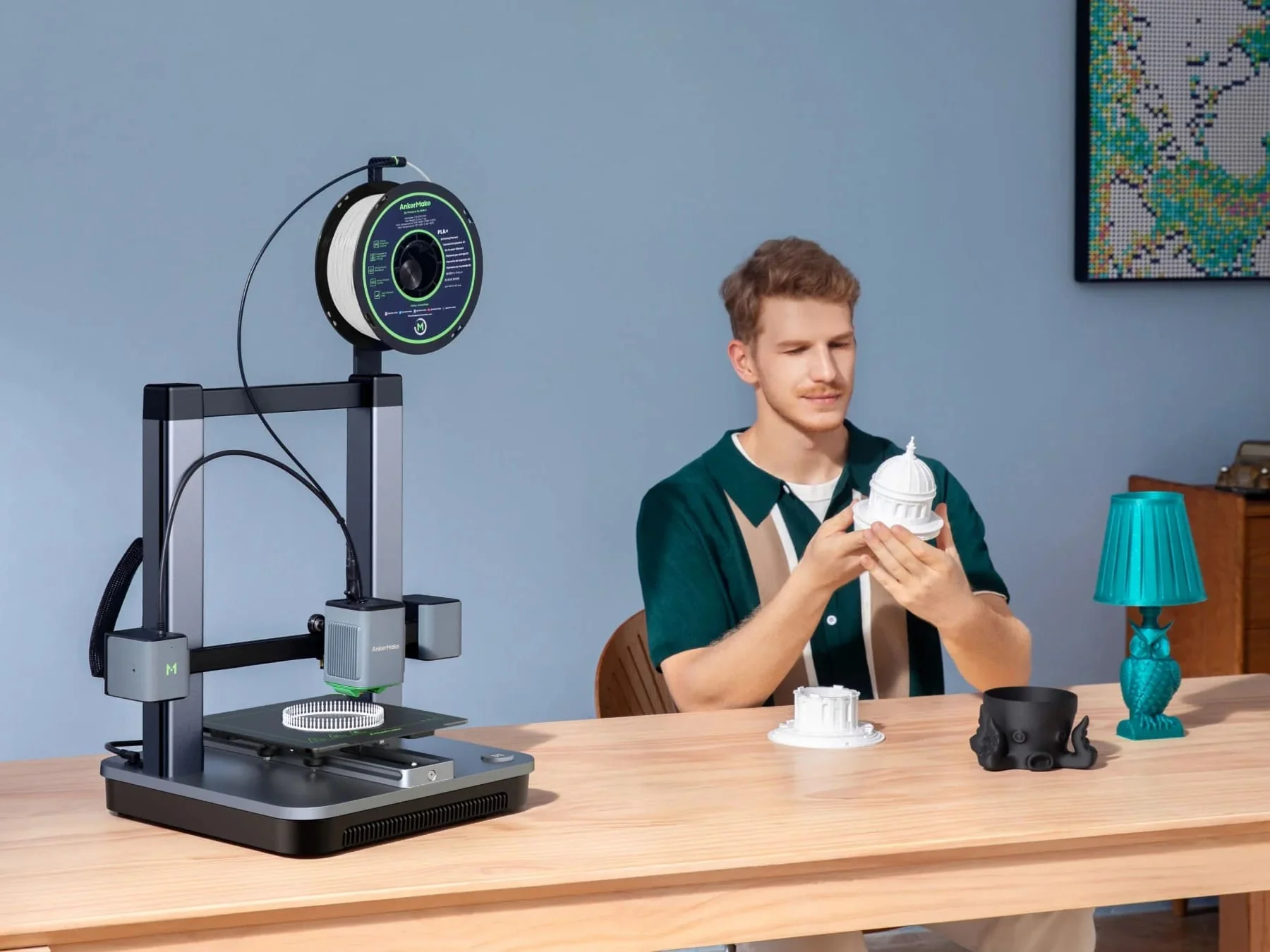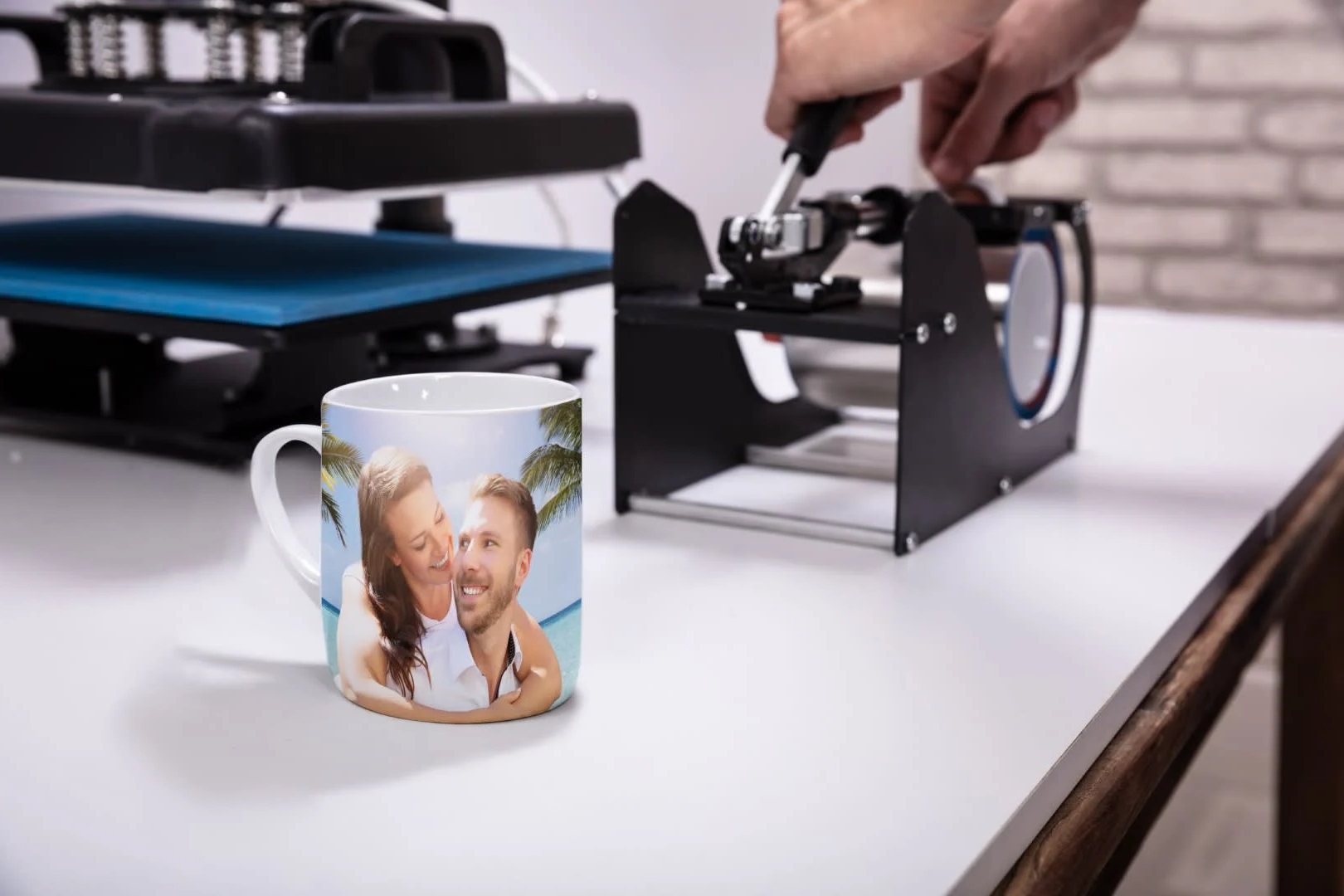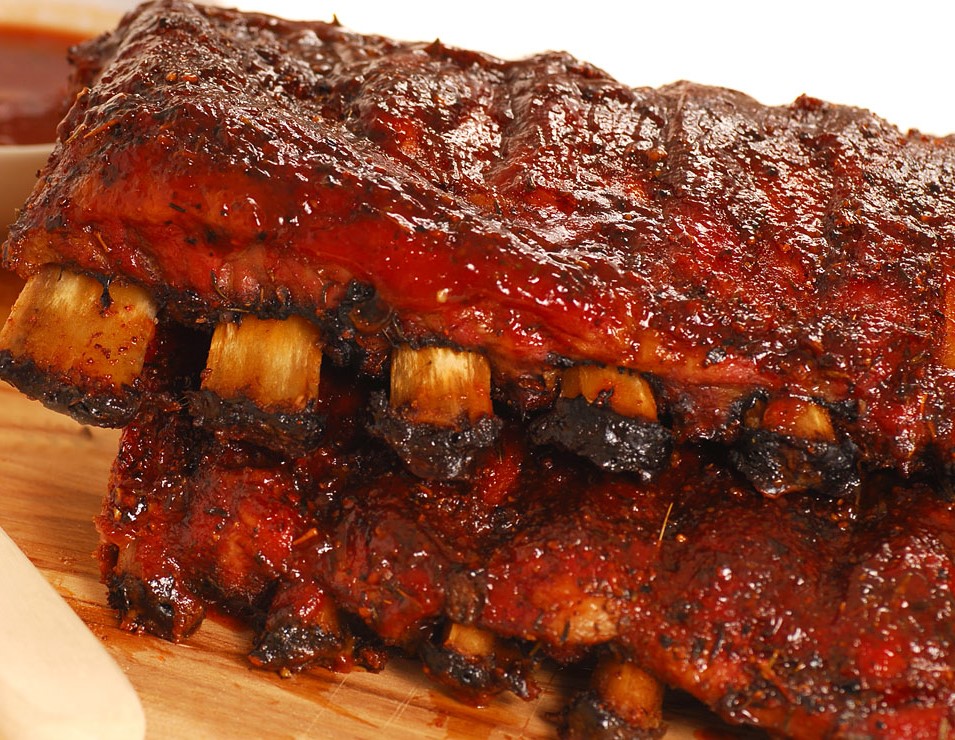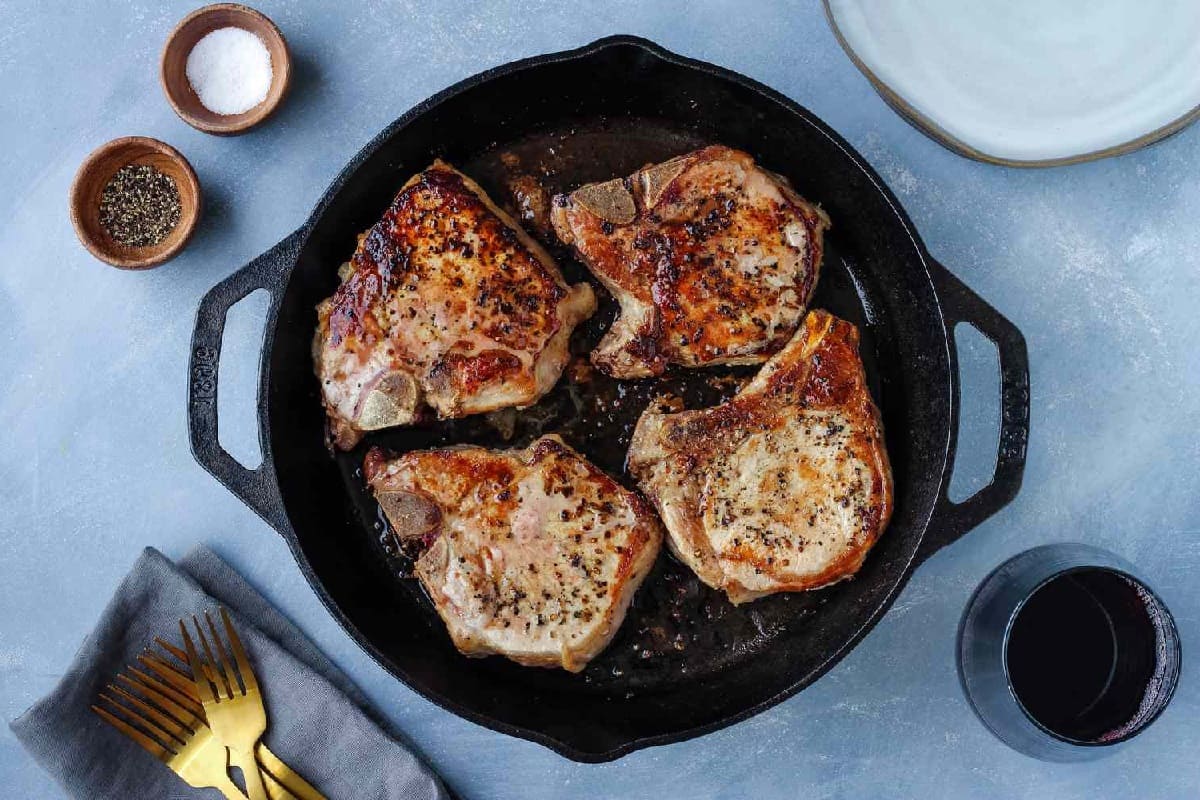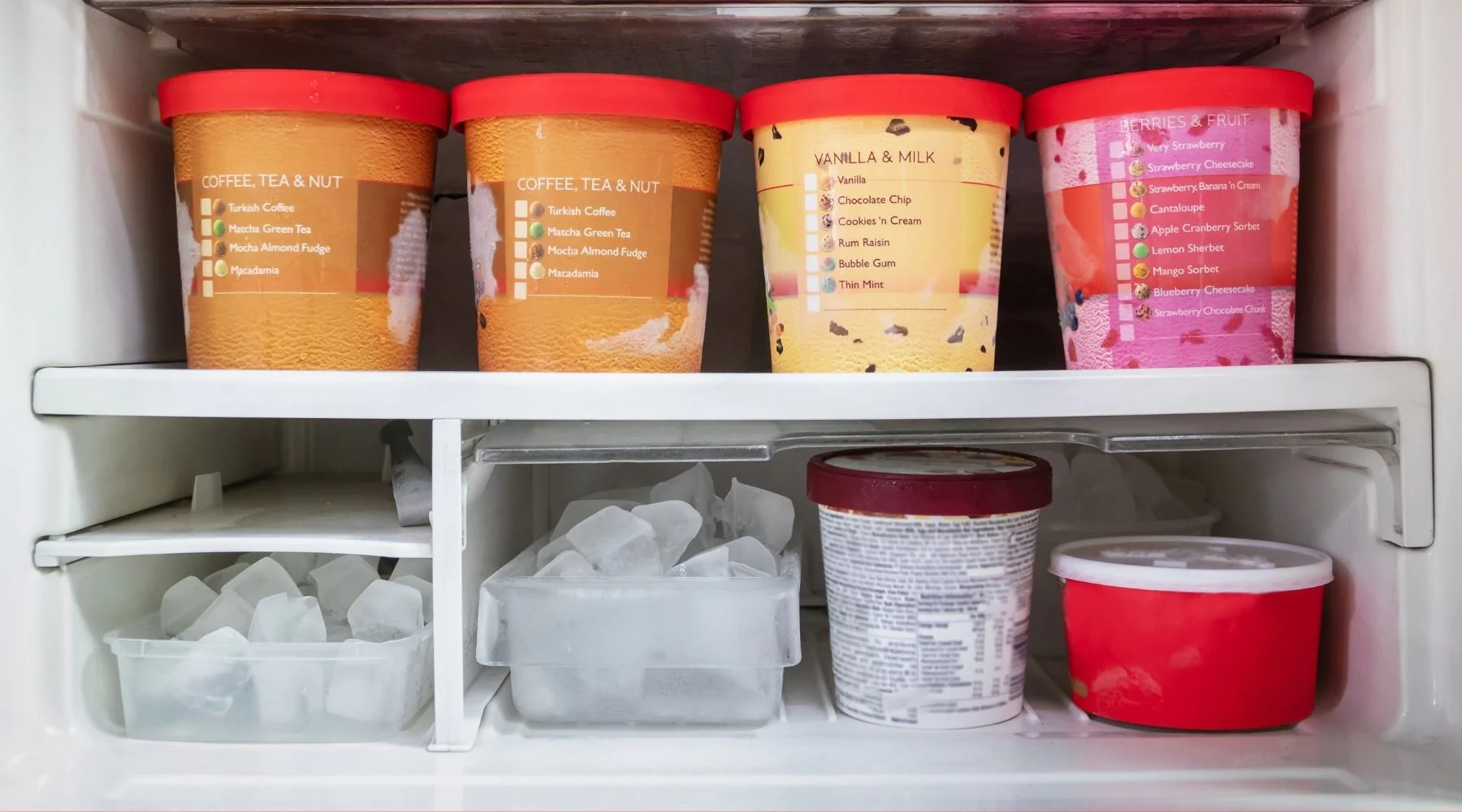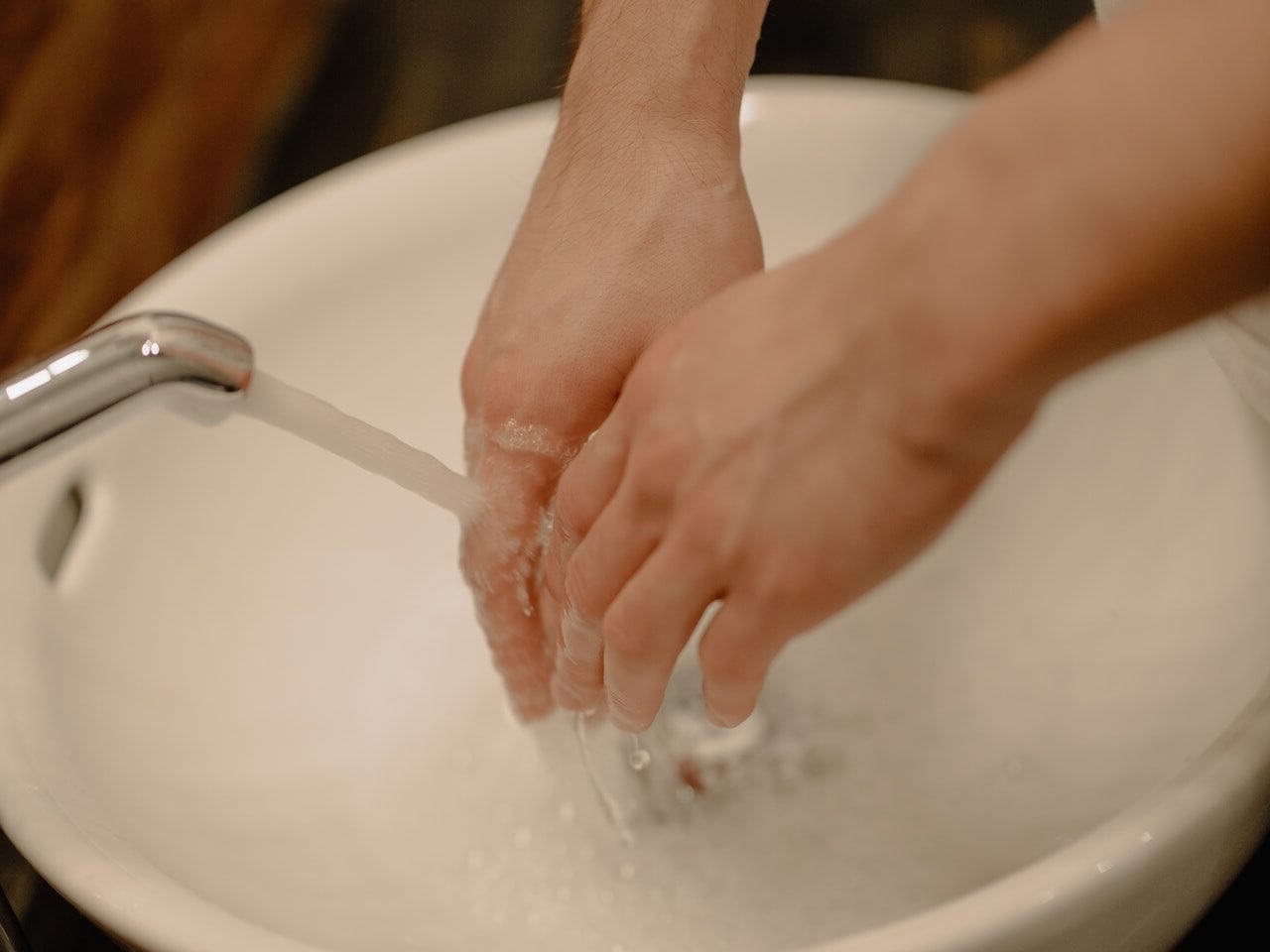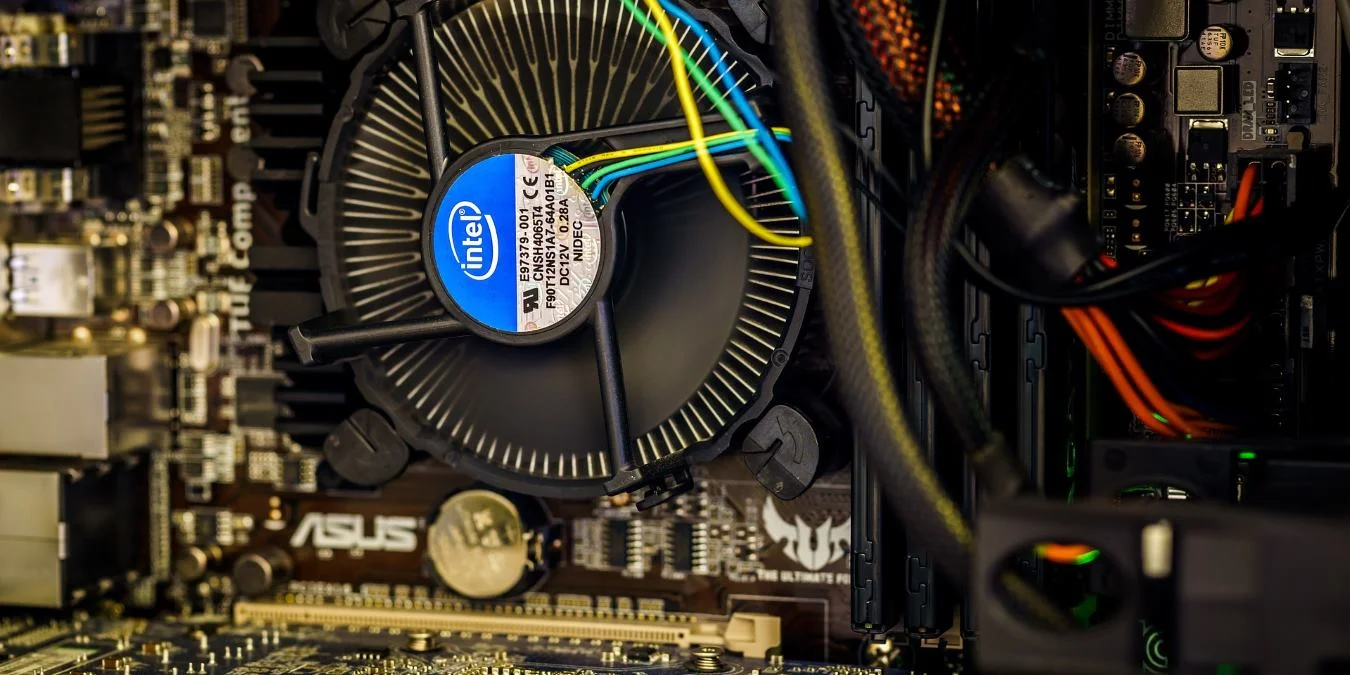Home>Culinary & Beverages>Optimal Temperature For Wine Fridges
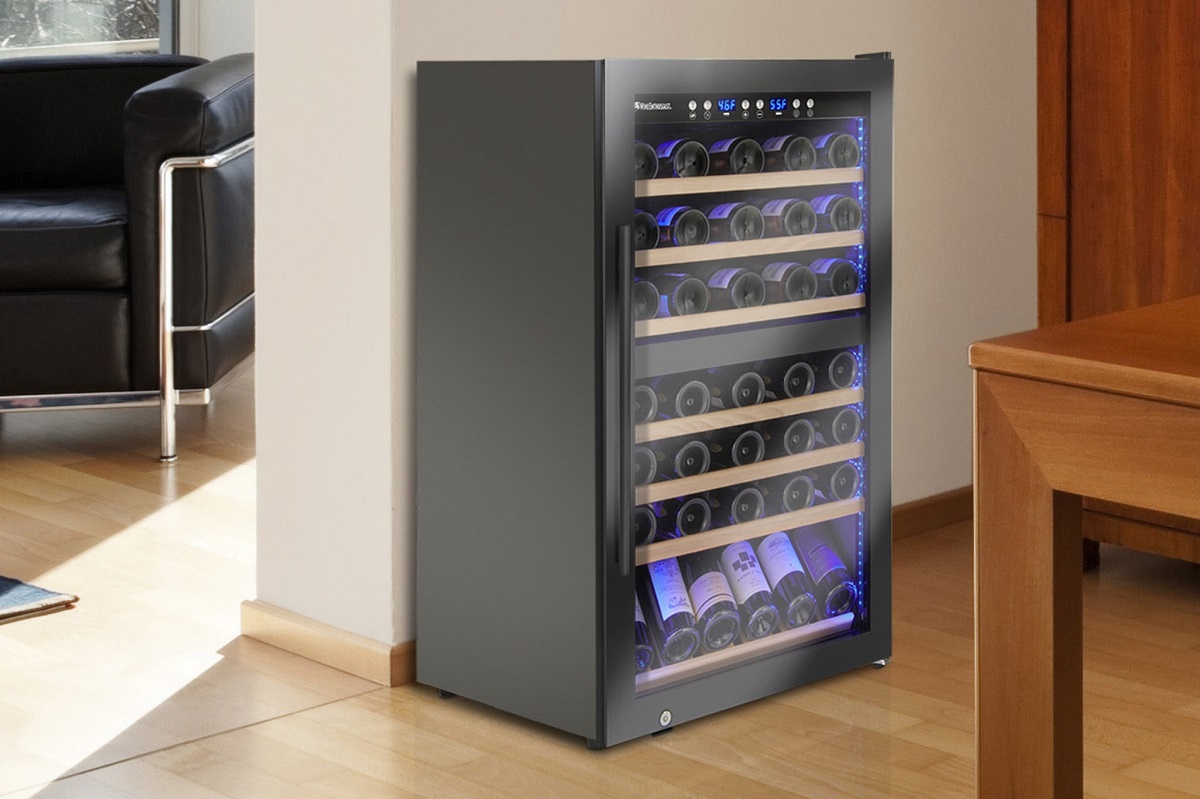

Culinary & Beverages
Optimal Temperature For Wine Fridges
Published: February 22, 2024
Discover the ideal temperature for wine fridges to preserve the quality of your favorite beverages. Find out how to optimize storage for culinary and beverages.
(Many of the links in this article redirect to a specific reviewed product. Your purchase of these products through affiliate links helps to generate commission for Temperatures.com, at no extra cost. Learn more)
Table of Contents
Introduction
Wine enthusiasts understand the significance of maintaining the perfect temperature for their prized bottles. Whether you're a casual wine drinker or a seasoned connoisseur, the impact of temperature on wine storage and serving cannot be overstated. The delicate balance of flavors and aromas in wine can be easily compromised if not stored at the optimal temperature. This article delves into the crucial role of temperature control in preserving the quality of wine and explores the factors influencing the ideal temperature for wine fridges.
The allure of wine lies in its complexity and depth of flavors, which are intricately intertwined with the environment in which it is stored. The temperature at which wine is kept plays a pivotal role in preserving its character and ensuring that it matures gracefully. Whether you prefer a robust red or a crisp white, the temperature at which you store and serve your wine can significantly impact your overall tasting experience.
Understanding the nuances of temperature control for wine is not only essential for preserving its quality but also for enhancing the enjoyment of every sip. As we delve deeper into the optimal temperature ranges for different types of wine, it becomes evident that precision in temperature control is key to unlocking the full potential of each bottle. Let's embark on a journey to unravel the mysteries of wine storage temperatures and discover the art of preserving and serving wine at its finest.
Read more: Optimal Temperature For Baking Bread
Importance of Temperature Control for Wine
The importance of temperature control for wine cannot be overstated. It is a fundamental factor that directly influences the quality, taste, and aroma of the wine. Whether you are a wine enthusiast, collector, or simply someone who enjoys a glass of wine with dinner, understanding the impact of temperature on wine is crucial.
Temperature plays a pivotal role in the aging process of wine. When stored at the optimal temperature, wine matures gracefully, allowing its flavors and aromas to develop harmoniously. Conversely, exposure to fluctuating or extreme temperatures can lead to premature aging and deterioration of the wine's characteristics. This underscores the significance of maintaining a consistent and suitable environment for wine storage.
Furthermore, the serving temperature of wine significantly affects the tasting experience. Serving wine at the appropriate temperature allows its unique qualities to shine. For example, serving a red wine at too high a temperature can result in an overpowering alcohol taste, while serving a white wine too cold can mask its delicate flavors. By controlling the temperature, wine enthusiasts can fully appreciate the nuances and complexities of each bottle.
In addition, temperature control is essential for preserving the investment value of fine wines. Proper storage conditions, including the right temperature, help protect the integrity of the wine, ensuring that it retains its value over time. For collectors and investors, this underscores the importance of maintaining precise temperature control to safeguard their wine assets.
Moreover, the impact of temperature on wine extends beyond the liquid itself. The storage environment, including the temperature, can influence the integrity of the cork and the overall condition of the wine bottle. Fluctuations in temperature can lead to the expansion and contraction of the wine inside the bottle, potentially causing the cork to lose its seal and allowing air to enter, which can compromise the wine's quality.
In essence, temperature control is a critical aspect of wine storage and serving. It directly impacts the aging process, tasting experience, investment value, and overall preservation of wine. By recognizing the significance of temperature control for wine, enthusiasts can ensure that each bottle is enjoyed at its finest, with its distinct characteristics fully expressed.
Factors Affecting Optimal Temperature for Wine Fridges
Several factors come into play when determining the optimal temperature for wine fridges. Understanding these factors is crucial for maintaining the perfect storage conditions for your wine collection.
-
Wine Varietal: Different types of wine require specific storage temperatures to preserve their unique characteristics. For example, red wines generally benefit from slightly higher storage temperatures than white wines. Understanding the ideal temperature range for each wine varietal is essential for ensuring that the flavors and aromas are preserved.
-
Temperature Stability: Consistency in temperature is vital for wine storage. Fluctuations in temperature can negatively impact the aging process and overall quality of the wine. Wine fridges equipped with advanced temperature control mechanisms provide the stability needed to safeguard the integrity of the wine.
-
Humidity Levels: In addition to temperature, humidity levels play a critical role in wine storage. Optimal humidity prevents corks from drying out and minimizes the risk of oxidation. Wine fridges with humidity control features help maintain the ideal environment for long-term wine storage.
-
Air Circulation: Proper air circulation within the wine fridge is essential for preventing stagnant air and maintaining uniform temperatures throughout the storage space. Adequate ventilation ensures that the wine is exposed to consistent conditions, allowing it to age gracefully.
-
UV Protection: Exposure to ultraviolet (UV) light can be detrimental to wine, leading to premature aging and degradation of flavors. Wine fridges with UV-resistant glass or solid doors provide protection against harmful light, preserving the quality of the stored wine.
-
Insulation: The insulation of the wine fridge directly impacts its ability to maintain stable temperatures. High-quality insulation helps minimize temperature fluctuations, providing a reliable environment for wine storage.
-
Size of the Wine Fridge: The size of the wine fridge relative to the quantity of wine being stored can affect temperature control. Overcrowding a wine fridge can hinder air circulation and temperature uniformity, while an excessively large fridge may lead to inefficient cooling. Selecting the appropriate size of the wine fridge is essential for optimal temperature management.
By considering these factors, wine enthusiasts can make informed decisions when selecting and utilizing wine fridges to ensure that their collection is stored at the optimal temperature, allowing each bottle to reach its full potential.
Ideal Temperature Range for Red Wines
Red wines, known for their rich and complex flavors, require specific temperature conditions to fully express their characteristics. The ideal temperature range for storing and serving red wines is crucial in preserving their nuanced aromas and flavors, ensuring that each sip delivers a truly exceptional experience.
The optimal storage temperature for most red wines typically falls between 55°F and 65°F (12°C and 18°C). This range provides a balance that allows the wine to age gracefully while maintaining its vibrant and robust qualities. However, within this broad range, different types of red wines may benefit from slightly varied temperatures to accentuate their unique attributes.
Lighter red wines, such as Pinot Noir and Grenache, tend to shine when stored and served at the lower end of the temperature spectrum, around 55°F to 60°F (12°C to 15°C). These cooler temperatures help preserve the delicate aromas and subtle nuances of these varietals, allowing their complexities to unfold gradually with each sip.
On the other hand, fuller-bodied red wines, including Cabernet Sauvignon, Merlot, and Syrah, often thrive at slightly higher temperatures, ranging from 60°F to 65°F (15°C to 18°C). The warmth allows these wines to reveal their bold flavors and robust tannins, enhancing their depth and structure.
When serving red wines, it's essential to consider the impact of temperature on the tasting experience. While the recommended storage temperatures provide an ideal aging environment, serving temperatures may vary to bring out the best in each wine. Lighter reds can be served slightly cooler, around 55°F to 60°F (12°C to 15°C), to highlight their refreshing qualities, while fuller-bodied reds benefit from being served at 60°F to 65°F (15°C to 18°C) to accentuate their complex flavors and aromas.
Maintaining the ideal temperature range for red wines is paramount in preserving their integrity and ensuring that their distinct characteristics are fully expressed. Whether storing a prized bottle for long-term aging or preparing to savor a glass, adhering to the recommended temperature range for red wines is fundamental in unlocking the true essence of these exceptional varietals.
Ideal Temperature Range for White Wines
White wines, celebrated for their crisp acidity and diverse flavor profiles, demand precise temperature control to showcase their vibrant characteristics. The ideal temperature range for storing and serving white wines is pivotal in preserving their delicate aromas and ensuring a refreshing and nuanced tasting experience.
The recommended storage temperature for most white wines typically ranges from 49°F to 55°F (9°C to 13°C). This cooler temperature range provides an optimal environment for white wines to mature gracefully while retaining their bright acidity and fruit-forward notes. However, within this range, specific varietals may benefit from slight variations in temperature to accentuate their individual attributes.
Light-bodied white wines, such as Sauvignon Blanc and Pinot Grigio, thrive when stored and served at the lower end of the temperature spectrum, around 49°F to 52°F (9°C to 11°C). These cooler temperatures help preserve the wines' zesty citrus flavors and floral aromas, allowing their refreshing and vibrant qualities to shine through with each sip.
On the other hand, fuller-bodied white wines, including Chardonnay and Viognier, often reveal their complexity and creamy textures when stored and served at slightly higher temperatures, ranging from 52°F to 55°F (11°C to 13°C). The subtle warmth allows these wines to express their rich tropical fruit notes and nuanced oak influences, enhancing their depth and structure.
When serving white wines, it's essential to consider the impact of temperature on the tasting experience. While the recommended storage temperatures provide an ideal aging environment, serving temperatures may vary to accentuate the unique characteristics of each wine. Light-bodied whites can be served slightly cooler, around 49°F to 52°F (9°C to 11°C), to emphasize their crispness and lively acidity, while fuller-bodied whites benefit from being served at 52°F to 55°F (11°C to 13°C) to showcase their complexity and aromatic richness.
Maintaining the ideal temperature range for white wines is essential in preserving their vibrancy and ensuring that their distinct characteristics are fully expressed. Whether storing a bottle for future enjoyment or preparing to savor a glass, adhering to the recommended temperature range for white wines is fundamental in unlocking the true essence of these exceptional varietals.
Read more: Optimal Internal Temperature For Meatloaf
Tips for Maintaining Optimal Temperature in Wine Fridges
Maintaining the optimal temperature in wine fridges is essential for preserving the quality and integrity of your wine collection. Here are several tips to ensure that your wine fridge consistently provides the ideal environment for storing and aging your wines:
-
Invest in a Quality Wine Fridge: Select a wine fridge equipped with advanced temperature control features, such as dual-zone cooling systems, precise digital thermostats, and efficient insulation. Quality wine fridges offer the stability and reliability needed to maintain consistent temperatures, safeguarding your wines from fluctuations.
-
Position the Wine Fridge Appropriately: Place the wine fridge in a location that is away from direct sunlight, heat sources, and areas prone to temperature fluctuations. Optimal positioning helps the fridge operate efficiently and minimizes external factors that could impact its internal temperature.
-
Avoid Frequent Temperature Changes: Limit the frequency of opening the wine fridge to prevent abrupt temperature changes. Each time the door is opened, warm air enters the fridge, potentially affecting the internal temperature. Minimizing unnecessary access helps maintain stability.
-
Utilize Dual-Zone Functionality: If your wine fridge features dual-zone cooling, utilize this functionality to store different types of wine at their respective optimal temperatures. This allows you to create distinct temperature zones within the fridge to accommodate various varietals.
-
Monitor and Adjust Settings: Regularly monitor the temperature settings of the wine fridge using the built-in digital thermostat or external thermometer. Make adjustments as needed to ensure that the temperature remains within the recommended range for the specific wines stored.
-
Maintain Proper Humidity Levels: Check if your wine fridge includes humidity control features. Adequate humidity prevents corks from drying out and helps preserve the wine's integrity. If necessary, utilize a hygrometer to monitor and adjust humidity levels.
-
Organize Wine Bottles Thoughtfully: Arrange wine bottles in a manner that allows for proper air circulation within the fridge. Avoid overcrowding the shelves, as this can impede airflow and lead to uneven temperature distribution.
-
Regular Maintenance and Cleaning: Keep the wine fridge clean and well-maintained to ensure optimal performance. Periodically clean the interior, inspect the door seal for any signs of wear, and schedule professional maintenance as recommended by the manufacturer.
By implementing these tips, wine enthusiasts can create an environment within their wine fridges that is conducive to preserving the quality, flavors, and aromas of their cherished wines. Consistent temperature control is paramount in nurturing the aging process and ensuring that each bottle is enjoyed at its finest, reflecting the true essence of the varietal.
Conclusion
In conclusion, the significance of temperature control in wine storage and serving cannot be overstated. The delicate interplay between temperature and wine is a critical factor that directly influences the aging process, flavor development, and overall tasting experience. Whether it's a velvety red or a crisp white, maintaining the optimal temperature for wine fridges is essential for preserving the integrity and character of each bottle.
The journey through the ideal temperature ranges for red and white wines has unveiled the nuanced requirements of different varietals. From the vibrant acidity of white wines to the bold tannins of reds, precise temperature control is fundamental in allowing each wine to express its unique qualities fully. By understanding the ideal temperature ranges and the factors influencing temperature control, wine enthusiasts can elevate their enjoyment and appreciation of every bottle.
Furthermore, the tips for maintaining optimal temperature in wine fridges provide practical guidance for creating an environment that nurtures the aging process and safeguards the quality of the wine collection. From investing in quality wine fridges to thoughtful organization and regular monitoring, these tips empower enthusiasts to uphold the ideal storage conditions for their cherished wines.
Ultimately, the art of preserving and serving wine at its finest lies in the meticulous attention to temperature control. Whether it's the anticipation of a special occasion or the everyday pleasure of savoring a glass, the impact of temperature on wine is a constant companion in the journey of oenophilic delight. By embracing the art of temperature control, wine enthusiasts can unlock the full potential of their collections, ensuring that each bottle is a testament to the artistry and craftsmanship of winemaking.
In essence, the art of temperature control is a testament to the dedication and passion of wine enthusiasts in honoring the legacy of each bottle. As the temperature remains steadfast in its role as a guardian of flavor and aroma, the symphony of wine continues to unfold, inviting enthusiasts to savor every note and revel in the timeless allure of the vine.
